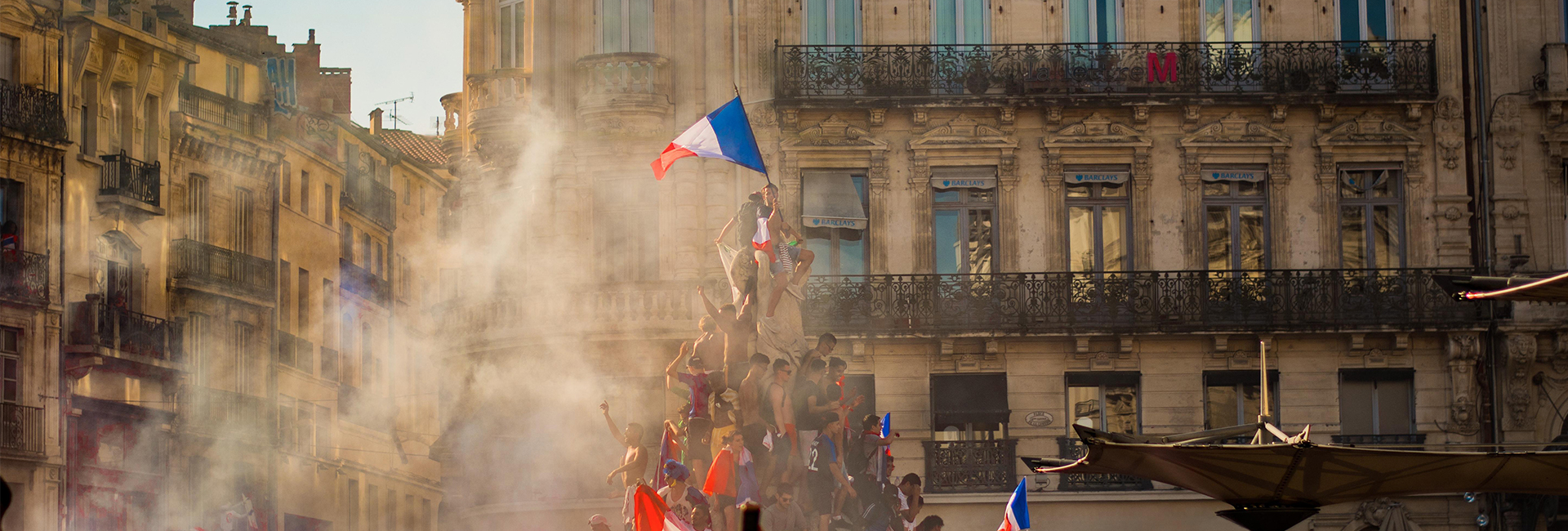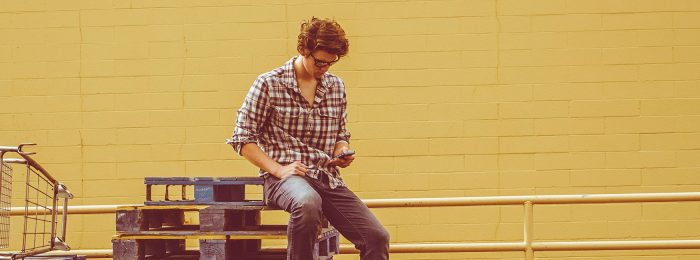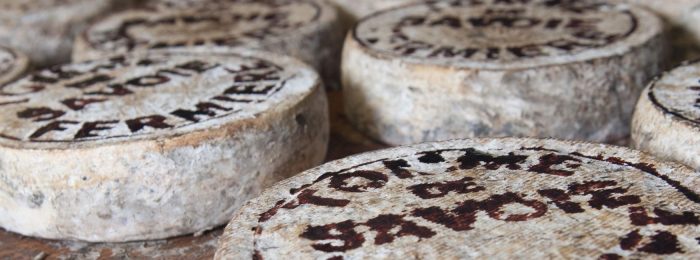If your brand isn’t already active on social media in France, it should be. Here’s how to get it right – and some useful tips to help you get started.
France has the fourth largest number of internet users in Europe, and social media penetration is relatively high at 58%. The French social media landscape is similar to the US and UK – the most popular platforms are YouTube and Facebook at 69% and 65%, while Instagram is popular with younger female audiences.
French social media use, however, varies throughout the day. Facebook is popular in the morning and late evening, while Twitter and Instagram experience high use midday.
These social platforms provide plenty of opportunity to engage and connect with consumers. But French brands and SMEs are relatively late adopters of social media – and many still aren’t active on the platforms.
For US brands wanting to grow their French presence, this presents further opportunity to be seen in-market. But be sure to consider some significant differences in consumer mindset when planning your social media strategy for the French market.
CONFIDENTIALITY AND ENGLISH USE
The French especially value their privacy – 91% of people in France believe data protection is important. In recent years, tech companies and French politicians have clashed repeatedly over data protection policy.
Because of this cultural desire for privacy, the government has taken steps to discourage social media use. Starting in September 2018, mobile phones were banned in schools, and the words “Facebook” and “Twitter” were forbidden on TV and radio. Children can even sue their parents for posting pictures of them on social media.
There are also several laws governing how international brands can market themselves in France. For example, you can only use English in your advertisements if it’s accompanied by a French translation. This touches on another cultural value for the French – the protection of French language and culture.
This means the French often experience English and French alongside each other. And this could explain why French audiences tend to prefer localized videos with subtitling, not dubbing – an important point to note for your social media strategy.
SOCIAL MEDIA OPPORTUNITY
French companies need to jump through a lot of hoops to build their social media presence, and they’re encouraged to keep it to a minimum. As a result, many companies simply don’t invest their time in social media and often don’t have the people to manage their social media accounts.
Interestingly, it’s not just social media that’s affected. The “Right to Disconnect,” launched by the government in 2017, is a directive for French employers designed to remove employee obligation to respond to work emails outside of working hours. This potentially limits the email outreach window for brands – only 28% of French companies use email marketing campaigns.
Despite these obstacles, online and social media advertising are growing in popularity. In 2016, social advertising made up 38% of digital ad spend, which surpassed TV advertising for the first time in France.
So while French digital marketing poses some challenges, there’s also a growing opportunity. And with so little competition, it’s a good time to establish yourself on social media in France.
Here are three helpful examples to get started.
THREE SUCCESS STORIES OF SOCIAL MEDIA IN FRANCE
1. RICORÉ
Coffee brand Ricoré found a creative way to engage with its customers using Facebook Messenger. The idea was simple: tell the Facebook bot when you want to wake up in the morning. Then, Ricoré will send you a cute video or funny gif to wake up to. The endearing campaign allowed the brand to engage with customers before their morning coffee, putting it front and foremost in their minds.
2. LA SEMAINE DU GOÛT & SPONTEX
“La Semaine du Goût” (“the Week of Taste” in English) brought many food brands to social media to show off the tastiest and best-looking food they could offer. Sponge brand Spontex used Facebook to build on this by showing their hedgehog mascot cleaning all the dishes. Take a look at these examples:
Their creative approach differentiated the brand from traditional cleaning product campaigns, positioning it as a fun, modern brand.
3. IKEA
In 2016, IKEA launched its Retail Therapy campaign. By identifying the most popular Google search terms related to relationship and family problems, they temporarily renamed their products accordingly. The results? A “my partner snores” daybed, “how to say I’m not interested” garlic press, “how to get a girl to like you” oven, and a host of other humorous references to engage searchers with the brand.
Technically, this wasn’t a French social media campaign. But the funny initiative generated so much social media chatter for the brand in France that several news outlets reported on it, including France 24.
The take-home message from all these examples is that creativity counts. Like so many markets, the French respond well to fun, engaging campaigns. And even more so if time and care are taken to connect with them on their cultural values and in their own language.
FINAL THOUGHT
Although challenging, social media in France is full of potential. With a large audience and very little competition on social platforms, the right campaign, paired with cultural insight and locally inspired creativity, could deliver social media success for your brand into the French market.


